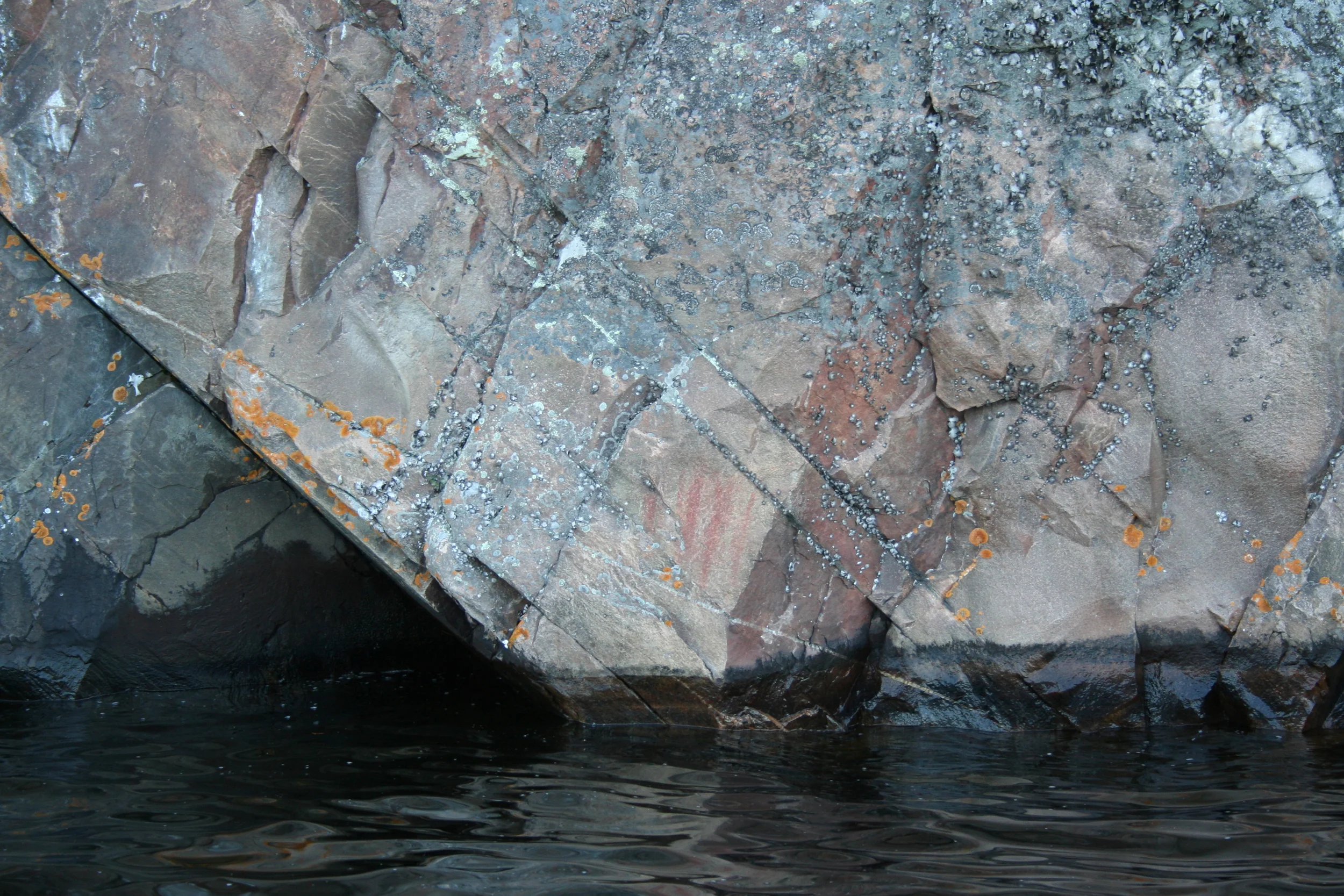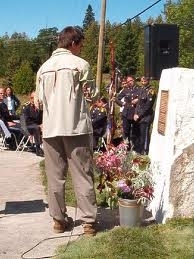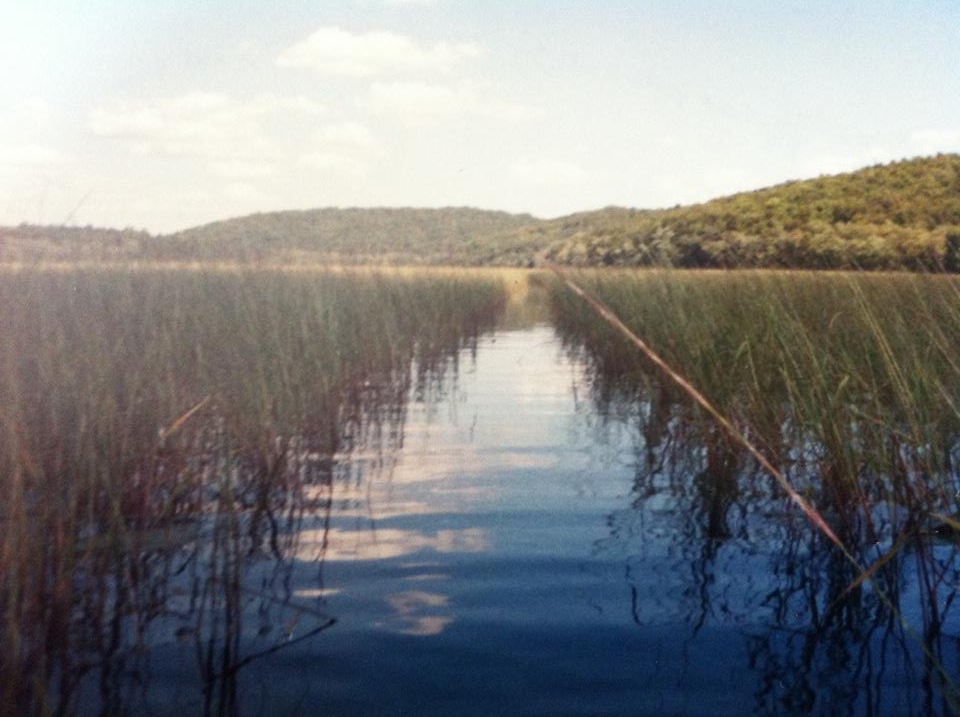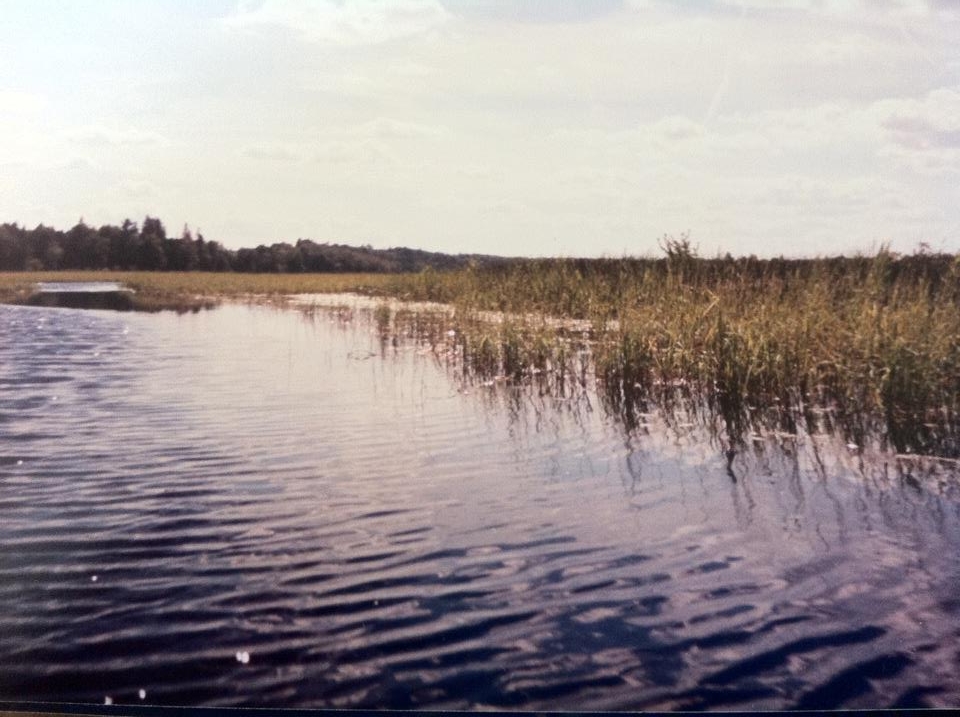Manòmin is the Heart of the Community
“I have recollections starting about six years old and remember then and until war time in 1939 of Indians coming from other areas for the rice harvest, more so that at any other time, many from Alderville. I remember the smoke house, tanning of hides, moccasins, learning things from Ross and Bill Beaver, my father and others, and dancing the rice. Those were the very hard times of the depression and the wild rice was a factor in pulling the Indians, the local settlers and ourselves through.”
Ardoch Algonquin First Nation's relationship with Manòmin goes back to the mid nineteenth century when the surrounding forests were being burned and clear cut as part of the square logging trade. At that time, Kichi Sìbì Anishinàbeg families were struggling to survive because of the thick black smoke that was all around. Animals had fled and traditional subsistence plants were not able to sustain growth because of the smoke. Learning of the struggle, relatives at Alderville First Nation sent Manòmin seeds which were planted in the lake by the Whiteduck family. The seeds grew into three beds of Manòmin which Ardoch families have cared for ever sense.
In 1979-1980, the beds of Manòmin at Ardoch came under attack by the MNR who tried to open harvesting to commercial interests. Ardoch Algonquin First Nation families along with allies from various Indigenous communities and settlers withstood a 60 day standoff with the MNR and the OPP and prevented any commercial harvesters from gaining access to these Manòmin beds. Elder Harold Perrry was instrumental in leading the community to a successful conclusion of that conflict. It was Harold's ancestors who received Manòmin seeds from Alderville and his family who have been the primary caretakers of Manòmin in Ardoch since that time.
Manòmin is a plant with spiritual significance that stretches back to the Creation of Anishinbaabe people and the Great Migration. During that time our ancestors were told to continue until they saw this plant growing on the water. As a result Anishinaabe people settled all over the Great Lakes and developed relationships over thousands of years. Kichi Sìbì Anishinàbeg followed the paths and tributaries of the Kichi Sìbì and the ancestors of Ardoch Algonquin First Nation families settled within the Tay, Rideau, and Mississippi River watersheds.
The video below explains the importance of Manòmin for Anishinaabe people and why it must be protected.
Ardoch Member Bob Lovelace discusses the legacy of protecting Manoomin from commercial harvesters and the struggle of people who were there on the front lines when over 30 OPP cars came to stop them.








